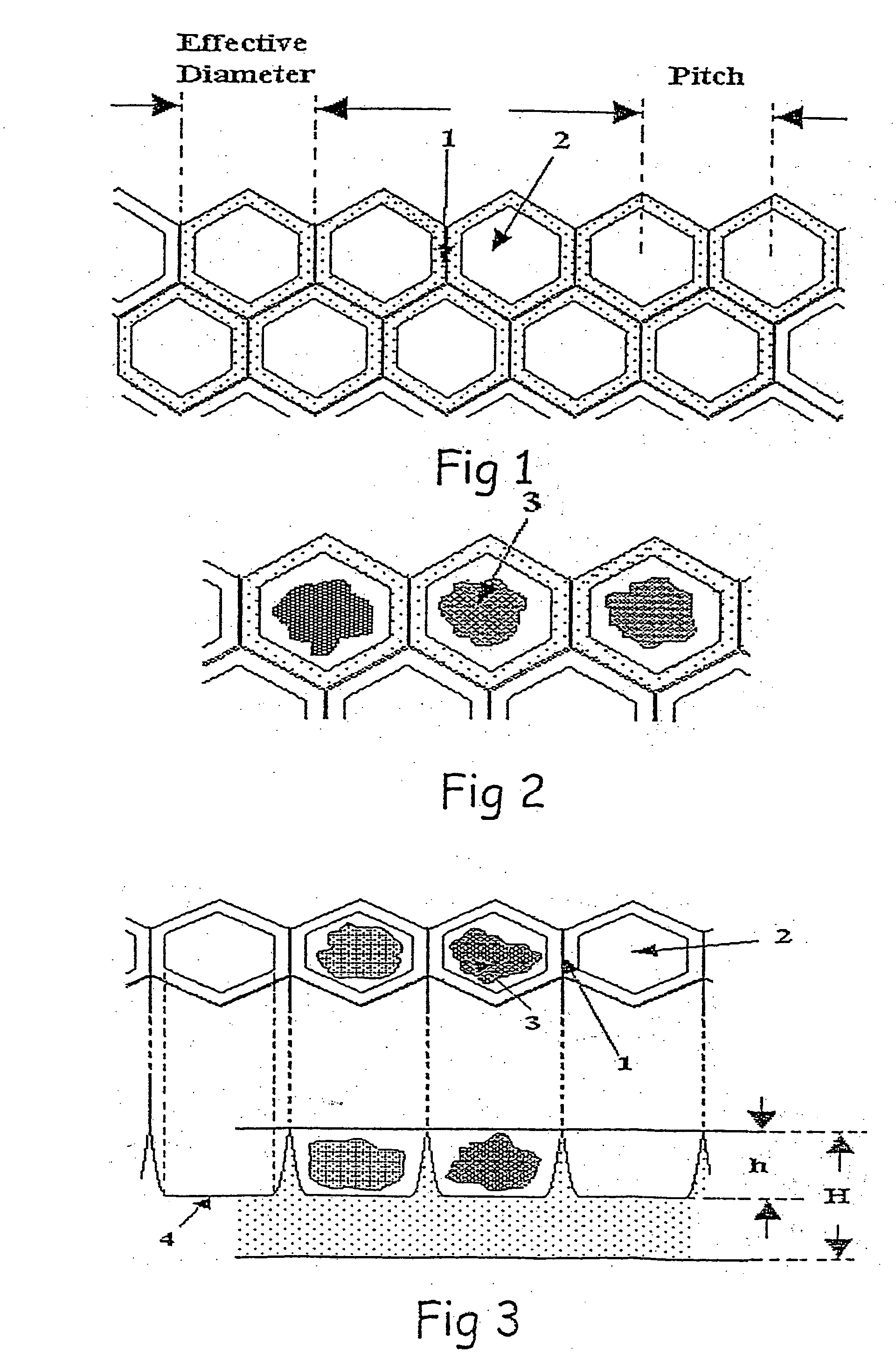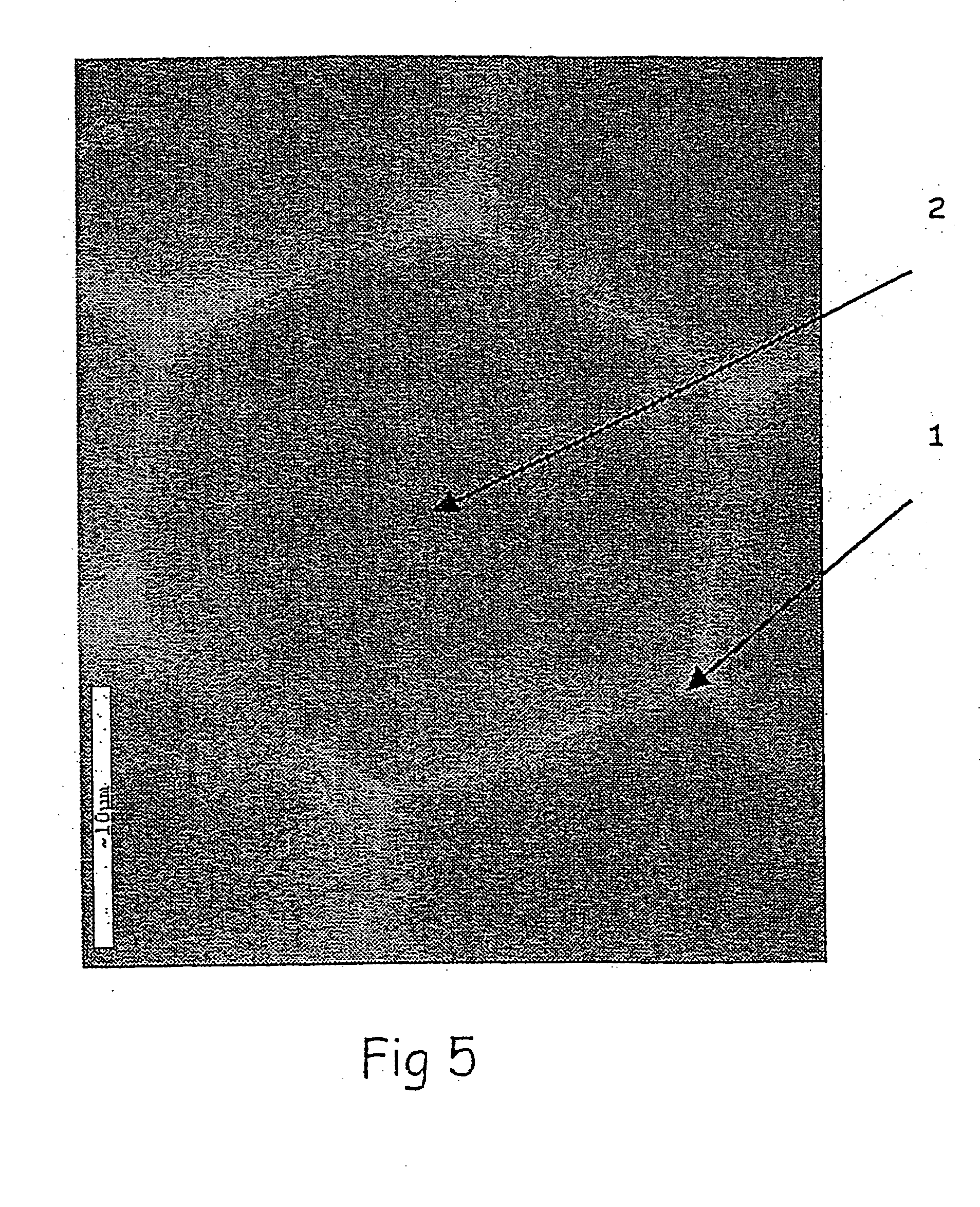Interactive transparent individual cells biochip processor
a biochip processor and transparent technology, applied in the field of new interactive transparent individual cells biochip processors, can solve the problems of complex compound study based on isolated targets or cell preparations, limited assays, and cell-based assay procedures
- Summary
- Abstract
- Description
- Claims
- Application Information
AI Technical Summary
Benefits of technology
Problems solved by technology
Method used
Image
Examples
example
Measuring Intracellular Nonspecific Esterase Activity in a Single Lymphocyte Using Fluorescein-diacetate (FDA) as the Substrate.
(a) Materials and Methods:
Phytohemagglutinin PHA) HA15, Murex Biotech) was reconstituted in 5 ml of double-distilled water and further diluted ten times. For stimulation, 10 μl of this solution was added to a 90 μl cell suspension (7×106 cells / ml).
The culture medium consisted of RPMI-1640 (Biological Industries), supplemented with 10% (v / v) heat-inactivated fetal calf serum (Biological Industries), 2 mM L-glutamine, 10 mM Hepes buffer solution, 1 mM sodium pyruvate, 50 U / ml penicillin and 50 Units / ml streptomycin. A staining solution of 3.6 μM FDA (Riedel-de Haen Ag. Seelze-Hanover) in Dulbecco Phosphate Buffered Saline (PBS, Biological Industries) was prepared as follows: 50 mg of FDA was dissolved in 5 ml of DMSO (Sigma). 7.5 μl of this solution was added to 50 ml PBS. For 0.6, 1.2 and 2.4 μM the solution was further diluted in PBS.
(b) Preparatio...
PUM
 Login to View More
Login to View More Abstract
Description
Claims
Application Information
 Login to View More
Login to View More - R&D
- Intellectual Property
- Life Sciences
- Materials
- Tech Scout
- Unparalleled Data Quality
- Higher Quality Content
- 60% Fewer Hallucinations
Browse by: Latest US Patents, China's latest patents, Technical Efficacy Thesaurus, Application Domain, Technology Topic, Popular Technical Reports.
© 2025 PatSnap. All rights reserved.Legal|Privacy policy|Modern Slavery Act Transparency Statement|Sitemap|About US| Contact US: help@patsnap.com



